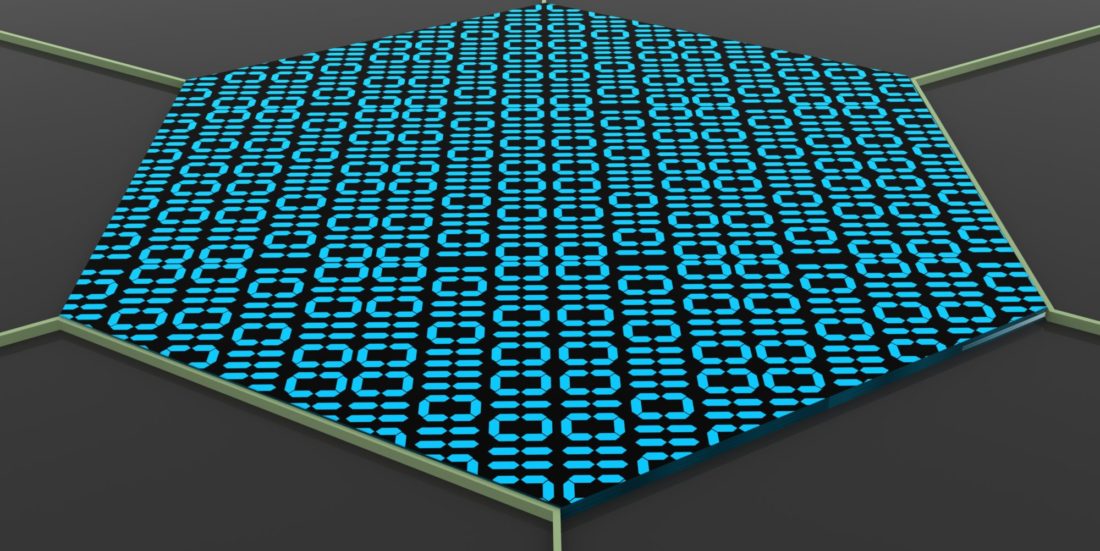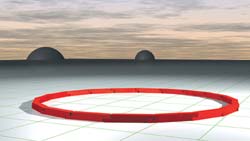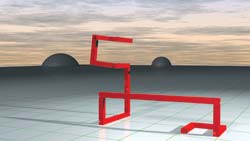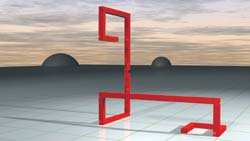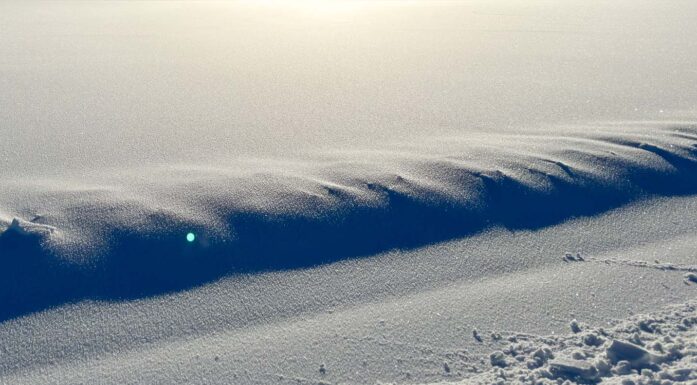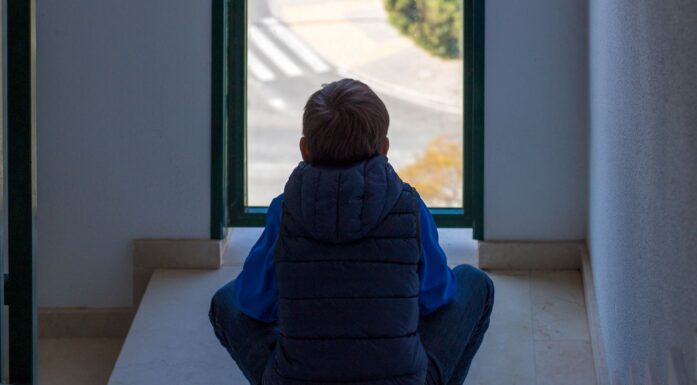Shifting sculptures
An unusual marriage between robotics and engineering sciences has given birth to a new kind of art: interactive sculpture that moves and changes the way it looks in response to people and its surroundings.
Shifting sculpture
First like this
... then like this ...
... and then maybe like this?
AS YOU LIKE IT: Espen Gangvik’s sculpture “Transformer” will be able to change shape and position in response to an audience, as shown in this computer animation. It is built with computerized «building blocks» that consist of tubes that can be combined into various forms.
Illustration: VISUAL KNOWLEDGE/Tor Åsmund Evjen
Moveable art
That’s NTNU cyberneticist Amund Skavhaug’s vision of his new tool for the creation of moveable art. In cooperation with Trondheim artist Espen Gangvik, Skavhaug has developed a prototype system – building blocks, really – that links robotics with artistic expression.
Such an approach adds a fourth dimension to artwork – time – and enables the artist to create a work that is both dynamic and interactive. Artists could use the system to craft sculptures that spin around, break in half, fold out, or withdraw in response to sound, light, or touch.
Intelligent building blocks
Skavhaug’s building blocks consist of tubes that can be assembled in various ways. Each unit has an intelligent computer that can receive commands. The project has become Skavhaug’s darling – although it’s not the stuff of his regular day job.
Skavhaug normally works with embedded systems, so he’s no stranger to computers, but he says his pet project has posed a number of challenges. The first has been the search for components that can talk to each other in ways that enable the artwork itself to respond. The second, and equally difficult challenge, has been coming up with a suitable system that enables the artist to actually work with the tool.
The stuff of sculpture
Moveable art poses more than just computer and technical problems. After all the hardware and software are in place, there still remain questions raised by the very nature of the artwork itself. What kinds of materials can span the distances required, while withstanding the stresses and strains that result when the artwork actually moves? Any material will have to be lightweight, strong, and light- and heat-resistant. Skavhaug thinks the answers can be found through engineering design and materials technology. The artist can contribute to the process with an artistic vision of form and surface textures.
Space, mass, form and time
Espen Gangvik graduated from the Trondheim Academy of Fine Art in 1984 and now manages the Trondheim Electronic Arts Center. His current artwork involves multifaceted sculptures created using geometry and mathematics, where space, mass, and form interact with time. His work is often best viewed from several angles. Gangvik’s collaboration with Skavhaug allows him to take his concepts a step further.
The pair will test Skavhaug’s system on Gangvik’s 1998 sculpture “11 kuber” (11 cubes), a 3.5 metre tall static steel “tower”. The new sculpture will be named «Transformer». As its name suggests, the new sculpture should be able to change both position and shape under any given conditions.
Gangvik has exhibited his work at both solo and collective shows. His artwork decorates several private and public buildings in Norway. Read more about his work at: https://gangvik.no
By Synnøve Ressem
